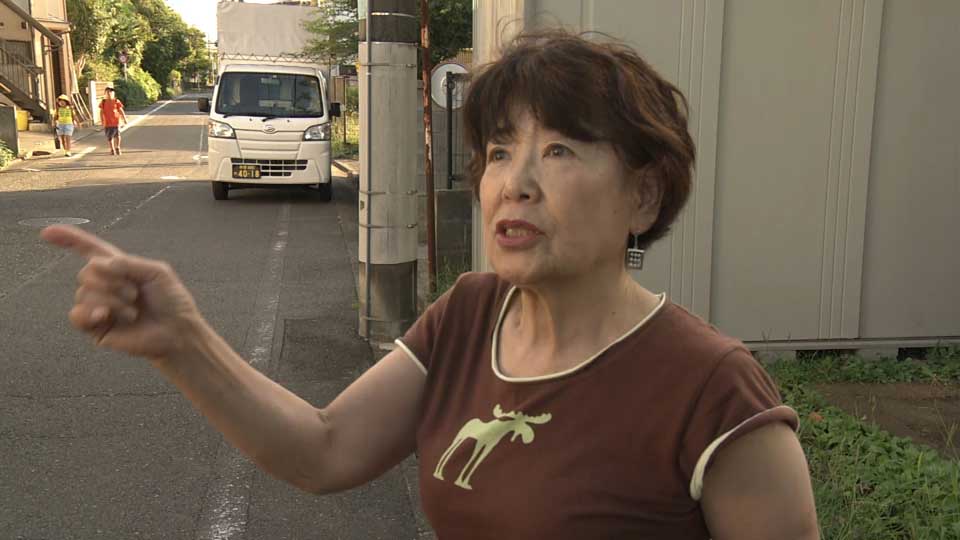Flying over Tokyo
Tokyo is one of the world's most densely populated urban areas and Yokota Air Base is located in a suburb about 40 kilometers from the city center.

Five Ospreys were deployed there last year. The aircraft are designed to combine the mobility and takeoff capabilities of a helicopter with the speed and range of a fixed-wing plane. But the complex mechanics make them a challenge to handle.

Toshie Koshiba lives near the Yokota airstrip. Her husband took a video from the second floor of their house of an Osprey flying low toward the base.
"When they fly directly overhead, the house shakes," she says. "I think there’s a real possibility of an accident. I heard that landings and takeoffs are especially dangerous and we’re so close to the runway."

Residents are very aware of the Osprey's poor safety record. Yuriko Inoue has been keeping a close eye on news about the aircraft since last year.
"I read about Osprey accidents and wonder why these things are allowed to fly around," she says. "Are the authorities doing anything to avoid accidents or improve safety? My neighbors are all scared."
The Osprey problem
US forces say the Osprey allow them to quickly dispatch forces around Japan during emergencies. They also say the aircraft serves as a deterrent against hostile forces but have not clearly said what these threats are. Some residents near Yokota base remain unconvinced of the Osprey's necessity.
Additionally, the aircraft's design makes it prone to accidents. The Osprey is inherently difficult to handle because it combines elements of the helicopter and the plane. Only exceptionally skilled pilots can fly it.
Furthermore, the model deployed to the Yokota base is the CV22, the type used by the Air Force, and Japan's Defense Ministry has found it to have a higher accident rate than other varieties.
Sources say the Osprey has a reputation for poor safety, even within the armed forces. While it was being developed, accidents were so frequent it was secretly dubbed the "widow maker."
CV22 Osprey are mainly used to transport special operations forces. These highly skilled units undertake stealth missions such as entering enemy territory to coordinate air strikes, or attacking high-ranking enemy figures. The CV22 is suited for these operations as it can fly close to the ground and is equipped with night vision navigation.

For residents near Yokota base, this means frequent nighttime and low-altitude flights as pilots train for their missions.
Japan's response
Residents have pressured the national and local governments to do something about the situation.
Local governments near Yokota are investigating and say they will keep citizens informed of any developments.
The city of Fussa is independently monitoring air traffic frequency. In 2018, when the Osprey started operating at the base, the overall number of flights rose by over 2,000 from the previous year. The frequency of flights increased especially between 5pm and 10pm.
"We regularly report the concerns of citizens to Japan's defense ministry and the US military and ask that they address these concerns," says Fussa mayor Ikuo Kato. "We will keep watching how the Ospreys are used."

The national government has also faced pressure to tackle the issue.
"The US and Japan have agreed to avoid flying over densely populated areas, including schools and hospitals, to the extent possible," says Yoshitoshi Nakamura, Director General of the Bureau of Local Cooperation, Ministry of Defense. "I believe it’s important to implement this agreement and I plan to make requests to the US as needed, and to hold discussions on the importance of safety."

But despite these efforts, as long as the American and Japanese governments are unable to provide concrete evidence that the Osprey is helping national defense, residents will not stop doubting the need for the aircraft.

